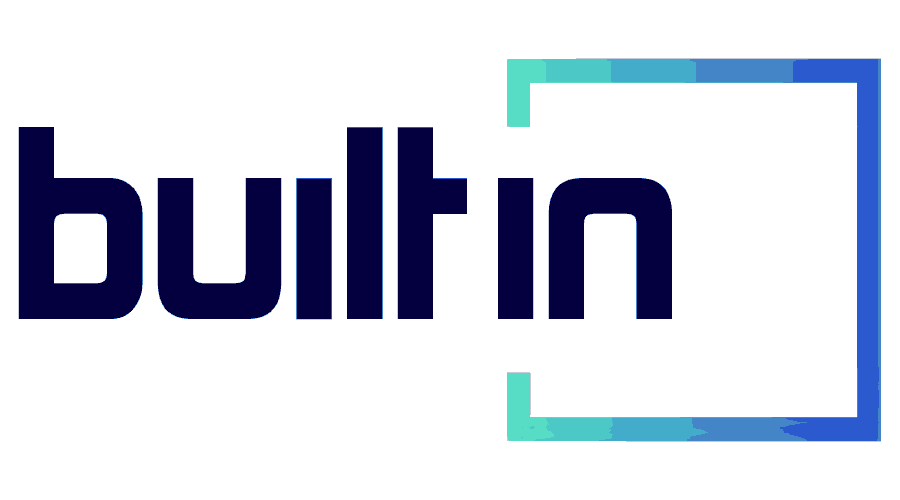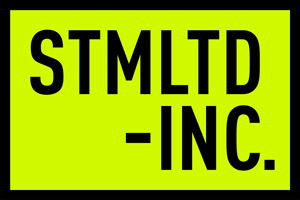It’s uncomfortable, but by letting go of the status quo, creative agencies can get better work with lower risk.
Robb Wagner
Expert Contributor
Experiential artist and founder, Stimulated-Inc.

August 30, 2021
“Great things never came from comfort zones,” author and journalist Neil Strauss once said. His words may very well be the mantra of every successful business innovator out there — yet so many of us cling to the comfortable as we wait for life to force the issue. We want to be leading-edge while we refuse to give up stale routines, old ways of working.
I should know. That was me before the Great Recession (a major paradigm shift for many people) nearly spelled the end of my creative studio in 2009. Emerging from the brink of failure, I was at the crossroads of “how it was always done” and “will this concept even fly” when I decided to take a then-radical leap and adopt a hybrid creative business model. This meant removing the overhead of a massive infrastructure by combining a small, senior in-house creative team with a large pool of curated, remote talent from around the world.
It wasn’t comfortable. It actually required fundamental changes in the way I looked at how we approached our work. But nearly a decade later, those changes have kept us agile and thriving despite the pandemic. Since the bulk of our creative talent was already working remotely well before COVID-19 sent everybody home, we were prepared (even when many of our clients weren’t).
Dive Into the Counterintuitive
In 2020, global brands and creative studios alike were suddenly forced to adapt to hybrid ways of working. And while some creative agencies have been forced to make the adjustments more as Band-Aids while waiting to go back to normal (read: what’s comfortable), more progressive creative agencies are imagining new possibilities presented by a long-term hybrid creative strategy. With their toes in the water, they can sense the benefit of the swim they would be able to take if they could only get over the fear of sinking along the way.
For those not quite ready to ditch the status quo for a more radical and sustaining way of working, I believe they should be. It’s an uncomfortable feeling for sure, but adopting a successful hybrid creative business model means embracing new ideas that may feel counterintuitive because they are the opposite of the practices we’re so used to. By getting rid of those notions of how it worked before, you’ll also find you have more time to actually be creative.
THE BENEFITS OF A HYBRID CREATIVE BUSINESS MODEL
- Quicker: Writing briefs beforehand is faster overall, saving your studio time and effort.
- Better: When artists choose to work on what they’re most excited about, you’ll get their best work.
- Less Risky: Opt-out clauses for contractors and a small in-house team mitigates risk of project failure and budget overruns.
Save Your Studio Time and Effort
Here’s what I mean. Taking on a large-scale creative project the old way meant all the hard work began after the job brief was done. You had to then find the right talent, schedule them, make the deals, explain the job, set up the folders, find links to the work, deal with missed communications. This is all lost time.
When you’re working with remote animators, artists, and designers, you should instead load all of your effort into the beginning of your project. This may seem counterintuitive at first, but if you learn how to craft rock-solid briefs with a concise and consistent approach to communicating key information, you’ll leave little room for ambiguity and can do higher-level creative work using fewer resources and less effort overall.
Get the Artist’s Best Work
Here’s another big one: When you assign work to a remote artist, will you really get their best work? You’ll never find out for sure unless you try something different. Here comes the counterintuitive part. What if you could let artists read your carefully created job briefs and tell you what jobs excite them? Would you get better work?
That’s exactly what I wanted to find out when I began honing my hybrid creative business model nine years ago. I designed a system that allowed my production team to post briefs with all the details and specs of our animation, motion, development, and design jobs. When we would make our jobs “live,” all of our curated remote artists could see the key details — creative requirements, technical specs, budgets, and dates. If they were interested in a particular job, they could then click to submit a mini job application that let our production team know they were capable, available, and on board with the job terms.
Did this get us better work? You bet it did. By flipping the process on its head and letting our curated artists tell us what excited them, we often got work that exceeded our expectations.
Mitigate Your Risk
Finally, you should shed any misconceptions that doing work remotely increases risk or liability. I have found just the opposite to be true. For me, one of the key benefits of hybrid work is risk mitigation. Hybrid creative work limits risk over traditional creative work by giving you much more control over the budget.
For instance, if you hire an artist to develop a creative asset and they fail, what is your risk? Traditionally, your risk has been paying the artist for the time it took them to fail. Then, you lose more time while you try to find — and pay — the next artist to do that same work. Of course, there’s also no guarantee that it won’t happen again, that the second artist won’t also fail. In this scenario, the job will cost you at least 2.5 times more because, in addition to paying two artists, you also lose time … and time is money. That hurts.
On the other hand, with hybrid work, you can limit your risk to a single milestone payment backed up by an opt-out clause in the deal memo. Hybrid work often opens the door to a much larger pool of creative talent, so you should be able to get any work restarted quickly if a remote artist fails. In this scenario, an artist failure will only cost you about 1.2-1.5 times more time and money than you had budgeted. This is a formula I derived based on making small milestone payments, and being able to opt out of a job at any time. If an artist isn’t giving me the results I need, I can opt out for a 20 percent fee and move on to a new artist without losing much time. And in a pinch, I always have my in-house team of superstars who can step up and get a job done.
While there are many others I will leave for a future story, these three counterintuitive mindsets can make a major difference in your success if you’re ready to go past your toes and take the full plunge into adopting a hybrid creative business model.
Republished from Builtin
https://builtin.com/agencies-consulting/hybrid-creative-business-model
